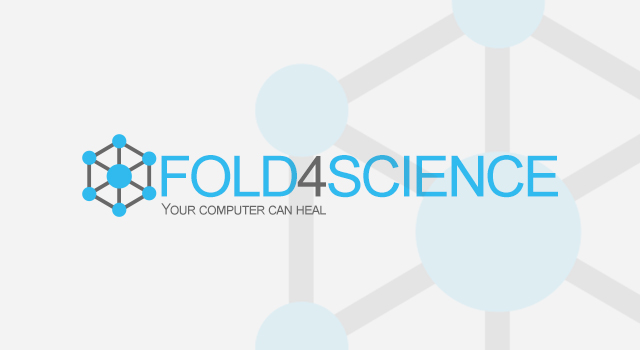
Cancer affects the general population in a broad and intense way. It accounts for 1/4 of deaths in the USA. The annual number of cancer cases is expected to increase to 22 million over the next two decades. Existing chemotherapy drugs are not only effective in 97% of cases, but can also cause severe damage to the body as a whole due to the high toxicity of the drugs. We are all familiar with the terrifying effects of chemotherapy, hair loss, holes in the intestines, swelling of the body, abnormal bleeding, feeling very tired, you name it. several of them. Many cancer patients prefer to choose death rather than undergo the agony of chemotherapy by refusing treatment.
The reason for the severe toxicity of anticancer drugs lies in their low selectivity. Drugs intended to kill cancer cells also massively destroy normal cells hinder the growth of new, healthy cells. This is how tragic suffering is often seen in oncology departments. Modern cancer drugs are trying to cure patients, killing them at the same time. The solution lies in finding a new way for drugs to target cancer cells and act on them with minimal harm to healthy ones cells.
An ideal cancer drug target should be widely found in a wide range of cancer cells and be found in much lower abundance in normal cells. Scientists have discovered this target, and it is a protein called “c-src.” Among half of the most common and dangerous human cancers, high c-src activity was discovered and demonstrated to be the primary element that causes cancer. Therefore, by inhibiting the activity of c-src, it is possible to make a breakthrough in cancer treatment and protect a huge population of people from c-src dysfunction.
In this case, the ideal drug should only inhibit c-src activity without interfering with normal cell function carried out by other proteins, including those that closely resemble c-src. As in the famous quote from "The Art of War" - "If you know both your opponent and yourself, you don't have to fear the results of the next hundred battles. If you only know yourself but not the enemy, a For every victory gained there will be a defeat” – and here we need knowledge. It is therefore clear that knowledge of the c-src protein is key to design ideal drug, knowing its weak points will allow us to find points of attack. This is easy to implement in theory, but very difficult to implement in practice, because of the huge computational power required to analyze the dynamic and structural behavior of c-src. All scientists had before was just some static c-src analyses, until The Folding@home project began.
Folding@home harnesses unused computer power from volunteers around the world. The total computing power in the Folding@home IT network makes it the fastest the world's greatest computer. As a result of the project, scientists managed to simulate the movement of each c-src atom and the surrounding water molecules, thanks to which they discovered the main c-src's "weak link" that can be used to stop its carcinogenic effects.
This weak point exists only in the intermediate step of the transformation of c-src from an active to inactive state. These details in c-src structural changes in different states are difficult to study, additionally they turn out to be very important for the development of a drug with the desired characteristics. The newly discovered "weakness" is the unique structure of c-src, which binds to some medications. This makes it possible for an ideal drug to affect only the c-src and beyond, thus significantly minimizing damage to normal cells.
This study is a fantastic starting point and template for future research. Scientists may add more complex interactions to future simulations. They can also study interactions a single drug for complex c-src structures, which may lead to the discovery of an ideal drug with very high potency. Furthermore, the same techniques can be used for study other cancer-related proteins at the atomic level, and in turn, their subtle structural differences can be used to design high-performance drugs in the future specificity and selectivity.
The Folding@Home mission is a beautiful example of the world united to fight the common enemy of humanity. Thanks to the collective power of our research group and our donors We will set new frontiers in biotechnology and redefine the impossible.
- Sources:
- 1. American Cancer Society. 2014 Cancer Facts and Figures.
- 2. World Health Organization. Cancer Key Facts.
- 3. Cairns, J. The treatment of diseases and the war against cancer. Scientific America.253(5): 51-59 (1985).
- 4. Morgan, G., Wardy, R. & Bartonz, M. The contribution of cytotoxic chemotherapy to 5-year survival in adult malignancies. Clinical Oncology. 16: 549-560 (2004).
- 5. Dehm, S. & Bonham, K. SRC gene expression in human cancer: the role of transcriptional activation. Biochem. Cell Biol. 82 (2): 263–74 (2004).
- 6. Shirts, M. & Pande, V. Screen savers of the world unite!. Science. 290, 1903-1904 (2000).
- 7. PS3 network enters record books. BBC News. 02 Nov 2007. Web. 15 Mar 2014.